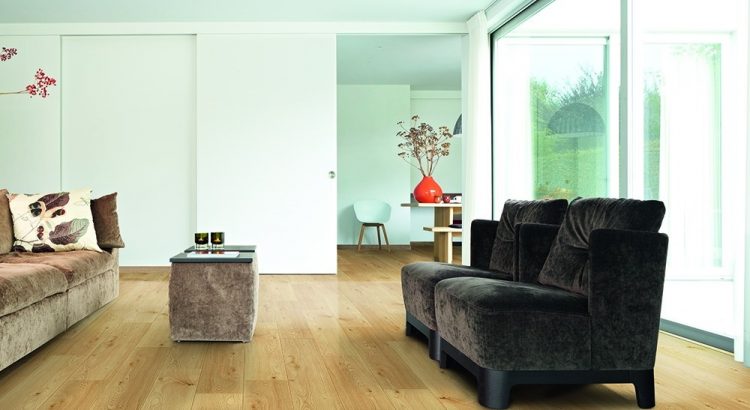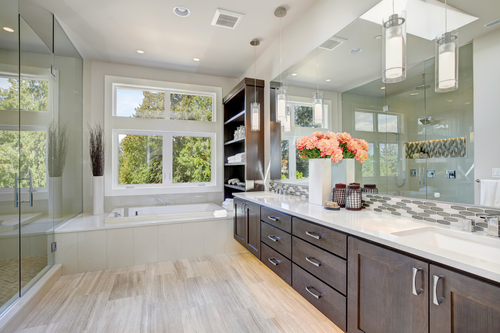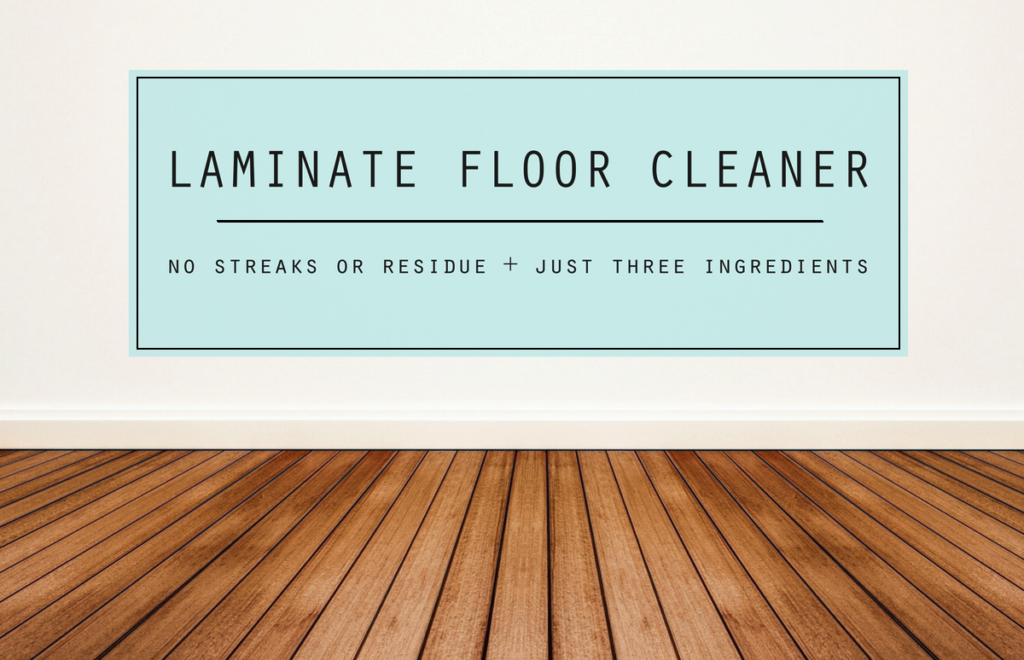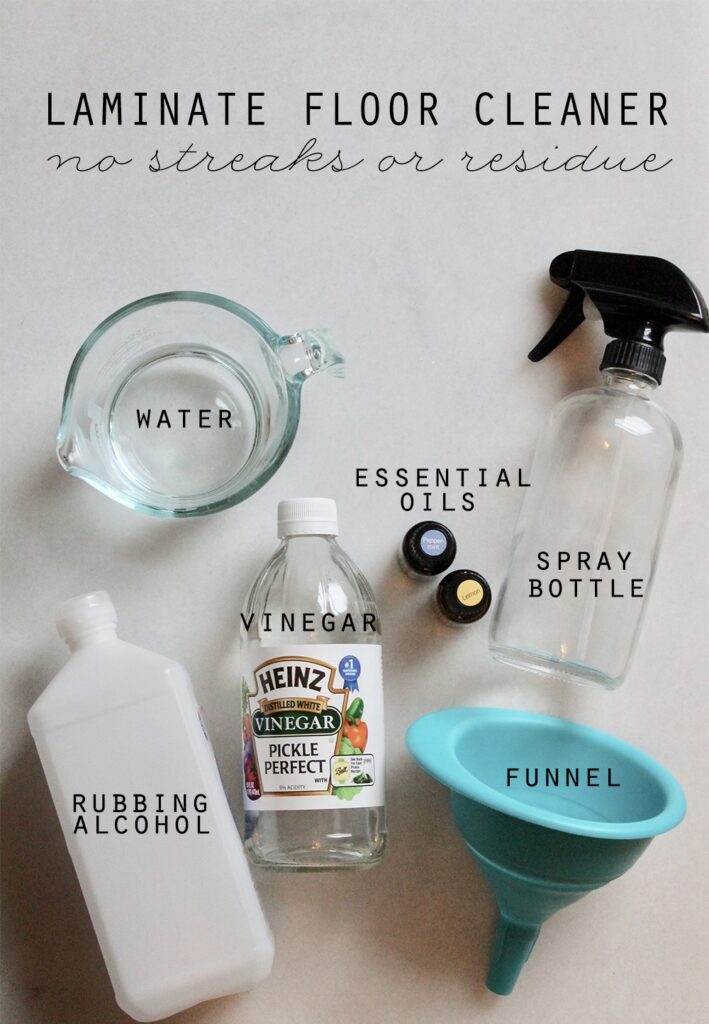Laminate Buying Guide: Which Laminate Flooring is Right for You?
Laminate flooring is a fantastic option for those who want a real wood look and feel for a lower price, or for those who require added durability. If you aren’t sure whether laminate flooring is the right move for you, laminate buying guide blog will cover everything you need to know.
This blog will include both the advantages and disadvantages of laminate flooring, where you can lay laminate, different AC ratings, the best laminate flooring suited to your needs and many more factors that are important to consider.
The Benefits of Laminate Flooring
There are many benefits to laminate flooring. Below is a list of key advantages that you should consider when making the all-important decision on whether to buy
Advantages
Laminate is highly durable, and can withstand a large amount of foot traffic
It is a great option if you’re looking for flooring to put in your bathroom or kitchen, as it does not absorb moisture as much as real wooden floors
Laminate is affordable, and can look almost identical to real wood flooring
With our click-lock fitting mechanism, laminate flooring is quick and easy to install
Laminate is scratch and water-resistant, which makes it perfect for busy family homes, as well as bathrooms and kitchens
Compared to real wood, Laminate is more hygienic and easier to clean, and only requires a regular sweep and the occasional damp mop
The manufacturing process of laminate results in a highly durable and reliable flooring, with highly consistent results throughout each plank
Disadvantages
Laminate flooring isn’t the real thing; if you’re looking for a 100% genuine wood flooring look and feel, you can only find that with real wood flooring
Wood flooring tends to have a longer lifespan than laminate, as it can be sanded and refinished

INSTALLING LAMINATE FLOORING IN YOUR BATHROOM? THINGS TO KEEP IN MIND
Bathrooms are humid. In fact, it’s the most humid room in our homes. So when you install flooring, you want to choose flooring that is waterproof or at least water-resistant. With a wide variety of flooring types for homeowners to choose from, which are best for bathrooms? And furthermore, is installing laminate flooring in your bathroom possible?
Laminate flooring has numerous benefits, some of which include:
Resembles real wood—Laminate flooring styles have come a long way and are now offered in realistic visuals and textures. It can also mimic the look of hardwood with texture that follows the grain in the print film, but with the added benefit of being water resistant and generally more affordable.
Easy installation—Laminate flooring is easy to install, resulting in a fast and simple DIY project that homeowners can accomplish over a weekend.
Offers protective layer—Laminate flooring provides a top layer that resists everyday wear and tear, making maintenance fairly easy. Simply sweep the floor or spot clean with a damp mop–no need to apply coats and finishes. Not to mention, it protects from the accidental drop of a flat iron.
However, while laminate flooring may be the best choice for certain rooms in your home, it does have some drawbacks in bathrooms. First, you must evaluate whether laminate floors are the right choice for the specific bathroom for which you plan to install. And second, homeowners need to be aware that laminate requires certain upkeep to make it last within a damp bathroom.
Install in Smaller Bathrooms
Laminate flooring is best suited for small bathrooms, such as a downstairs half bath or more intimate master suite bathroom.
Use Waterproof Silicone Caulk (REQUIRED)
One of the easiest and most important steps you must take to protect your laminate flooring is to use a waterproof silicone caulk upon its initial installation. Unlike your standard grout made of cement and sand, which can absorb water, silicone is flexible and impenetrable.

DIY LAMINATE FLOOR CLEANER
One of the biggest complaints I hear about laminate floor cleaners is that commercial cleaners leave behind a sticky residue that attracts dirt and dust. My all time favorite laminate floor cleaner is a simple DIY cleaner using every day ingredients. Try out this recipe for an effective, economical solution to cleaning your laminate floors.
The vinegar cleans and the rubbing alcohol aids in the drying and adds a sanitizing component. The combination is great for getting those floors perfectly clean. Laminate and water are not a good combination so you’ll want to use this as a spray format in a bottle or in a refillable mop in lieu of a mop and bucket. Always make sure that you aren’t leaving any standing water on your floors as you’re washing them.
To make about 16 ounces or enough to fit in a spray bottle (I sell glass sell spray bottles and essential oils in my CLEAN MAMA HOME SHOP) – use this recipe:
DIY LAMINATE FLOOR CLEANER
5 ounces WHITE VINEGAR
5 ounces RUBBING ALCOHOL
5 ounces water (use distilled or boiled and cooled water if you are wanting to store this longer than one week)
optional: 3-5 drops ESSENTIAL OILS (lemon or orange and peppermint is a great combination for this recipe)
Combine the ingredients and pour into a spray bottle or spray mop and use weekly or more if necessary.
Have hardwood floors? Don’t use this recipe – the high ratios of rubbing alcohol and vinegar aren’t compatible with your floors.

Basic Maintenance
RevWood
Use a dust mop, soft bristle broom or a vacuum cleaner with suction only (no beater bar or with the beater bar disengaged) to remove dust, dirt and loose particulate on a regular basis. Avoid wet-mop cleaning with water or liquid cleaners.
Use protective window coverings to block fade-causing UV rays and excessive heat from direct sunlight, and rearrange rugs and furniture periodically to help your floor age evenly. During inclement weather, avoid exposing your flooring to water as much as possible.
SolidWood and TecWood
Vacuum or sweep your floor regularly with a soft-bristled attachment or broom, especially in high-traffic areas. This prevents gritty dirt and particle buildup that can scratch the wood’s surface. Don’t use vacuums with a beater bar or power rotary brush head
Tips for Preventing Damage
RevWood
Carefully remove stubborn stains (like paint, oil, tar, or markers) with acetone-based fingernail polish remover.
If one of your planks is beyond repair, use the Quick-Step UniFix tool to remove and replace the damaged plank in minutes
SolidWood, TecWood
Keep pets’ nails trimmed and their paws clean. Pets can track in substances that cause scratching and stains.
Use a humidifier during heating seasons to help reduce wood shrinkage and humidity between 35% and 55%.

How To Clean Laminate, Vinyl or Linoleum Floors
Laminate, Vinyl and Linoleum floors are very easy to keep clean and there are many excellent commercially available products that clean and shine your floors. It is very important to follow the manufacturers instructions for the use and application of these products. To simply clean these floors with products readily available just follow the steps below!
THINGS YOU’LL NEED
White Vinegar, All-Purpose-Cleaner or Dish Soap
Rotating Microfiber mop handle with Microfiber Towels or Wet Mop
Vacuum with rotating brush deactivated or Dust Mop
Bucket
Water
Commercial floor wax if desired
HOW TO CLEAN:
Vacuum or sweep the floor to remove any dirt particles.
Fill a bucket with a gallon of warm water and mix in a ¼ cup of white vinegar, a small amount of All-Purpose-Cleaner, Dish Soap or the manufacturers recommended cleaning solution. For laminate products water alone is the best cleaning option if you can’t use the recommended cleaner. Change the solution when it gets cloudy or dirty.
Dip the microfiber towel into the water mixture, ring thoroughly, attach to the mop handle and begin cleaning or use the Wet Mop.
Wash the floors by starting at the outermost corner of the room and working methodically towards the room exit.
Allow the floors to air dry